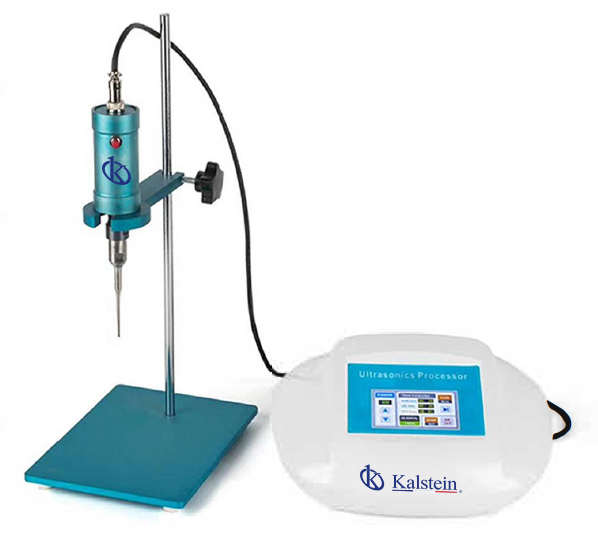The field of laboratory research has taken a significant leap thanks to recent advancements in medical technology. One of these advancements is the homogenizer, an essential tool for any modern laboratory. A homogenizer is a device that mixes, emulsifies, disperses, or pulverizes various substances into an optimal and homogenous particle size.
This instrument has various applications, from food research and manufacturing to biochemistry and medical technology. Homogenization can be performed at a macro, micro, or nano level, using physical forces to break down and mix materials. The appropriate technique depends on the type of material, the required particle size, and the type of homogenizer available.
Are you yearning for top-tier medical equipment, ready to enhance the efficiency of your laboratory? Visit https://kalstein.pl/category-product/laboratory-line/homogenizers/ to explore our high-end catalog, packed with the best finds at the most competitive prices. Excellence marks our brand, we innovate and manufacture high-precision equipment, both reliable and durable to meet your needs. Why wait? Make your quick and secure online purchase, take the leap towards the future of medical technology today. https://kalstein.pl/
Choosing the Right Homogenizer
To achieve the best results, it’s vital to select the homogenizer that best fits your need. Factors to consider include the batch size, the type of sample, the duration of the homogenization, and the operating conditions. For small batches and sensitive samples, a benchtop homogenizer may be suitable.
The new wave of homogenization has focused on energy efficiency, miniaturization, and adaptability. Cutting-edge research labs are leveraging these latest advancements and trends in medical technology for handling a wider array of samples and applications.
Proper Operation of Homogenizers
To ensure maximum effectiveness, operators must understand the critical variables in the operation of a homogenizer. These include the speed, duration, and pressure applied to the sample. Remember, every sample is different, so it’s critical to optimize these parameters for each process.
In addition to basic operation, operators should know the cleaning and maintenance procedures for the homogenizer. Proper maintenance will extend your equipment’s lifespan and ensure efficient operation and consistent results.
Practical Tips and Tricks for Maximizing your Homogenizer
One of the most helpful tips for using a homogenizer correctly is knowing your sample. Some samples may need to be homogenized at a specific temperature or pressure. If not done correctly, the sample can be destroyed or present inaccurate results.
Also, it’s worth remembering that over-homogenization can be as damaging as under-homogenization. Therefore, it’s crucial to find a balance for each sample, avoiding foam formation and the overheating of samples.
Homogenizers’ Applications in Research and Recent Advancements
Homogenizers are used in a wide range of laboratory applications. For instance, they are a key component in the preparation of samples for DNA and RNA analysis, nanoparticle research, and vaccine production.
Homogenizers are also evolving with recent advancements in laboratory research and medical technology. Some of the latest trends include more compact homogenizers, improved rotor-stator systems, and more advanced process control.
A Look into the Future of Homogenizers
Homogenizers will continue to play a crucial role in research and laboratory production. The demand for more efficient and precise techniques will likely further spur innovation in this field.
With homogenizers increasingly integrating with other laboratory technologies, it’s essential to stay updated with the latest trends in medical technology. This guide provides you with the knowledge necessary to properly select, operate, and maintain a homogenizer, ensuring maximum effectiveness, and the best possible results.

